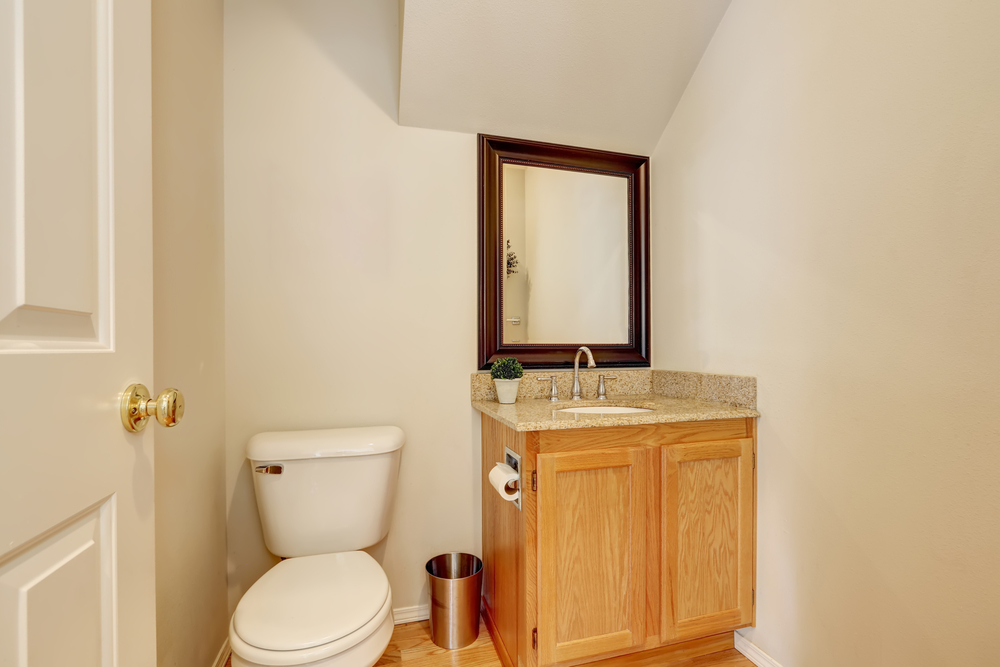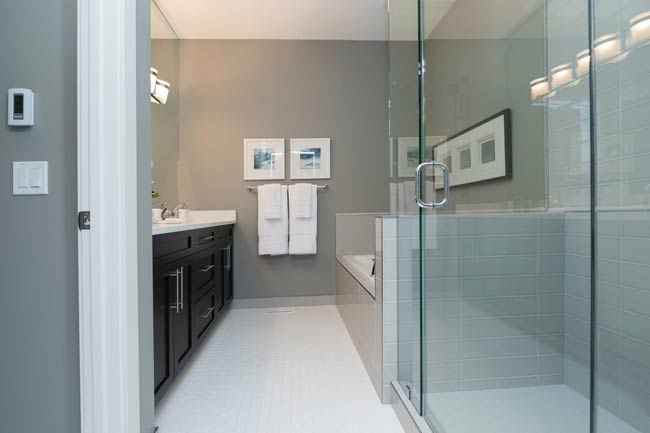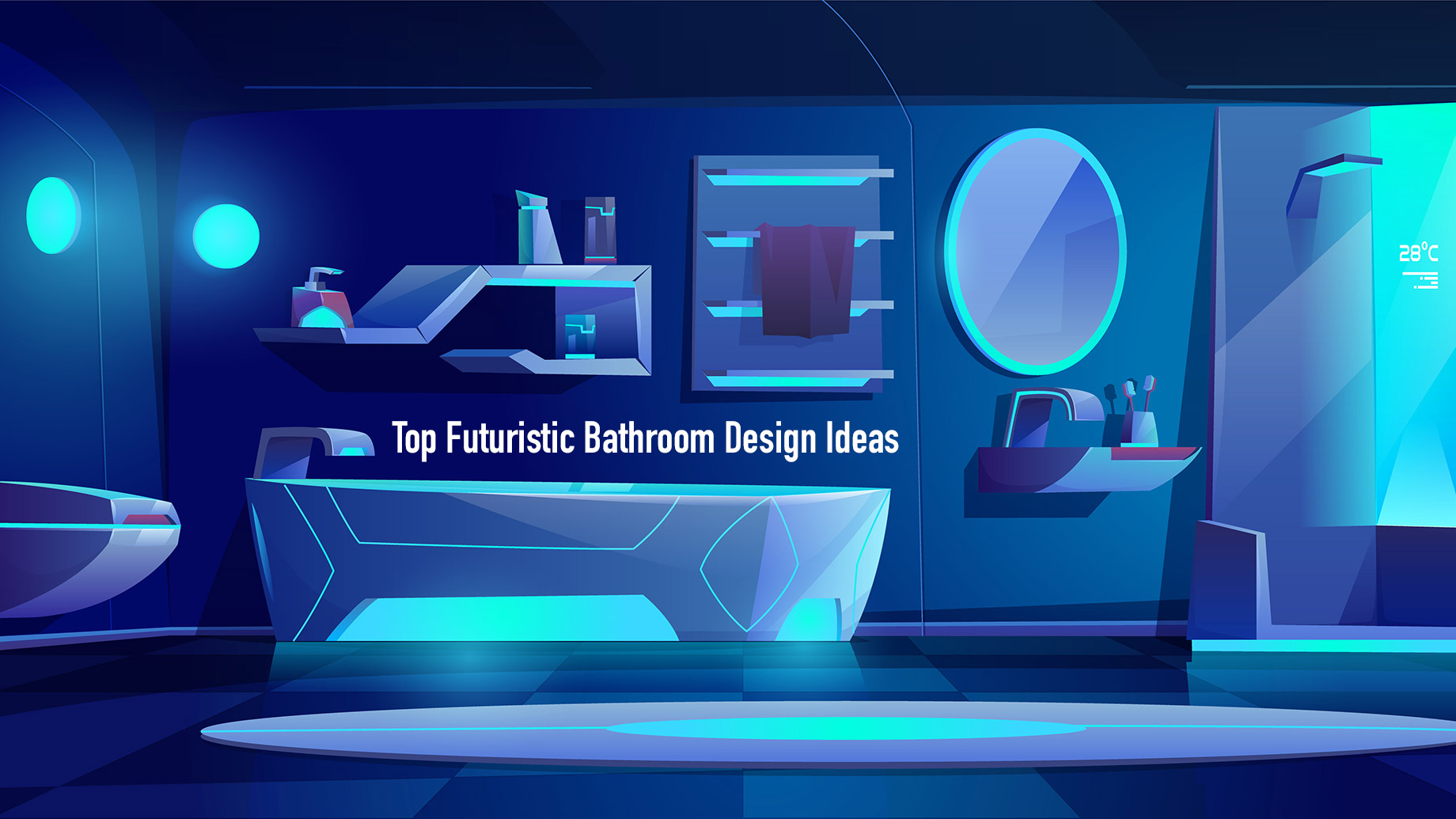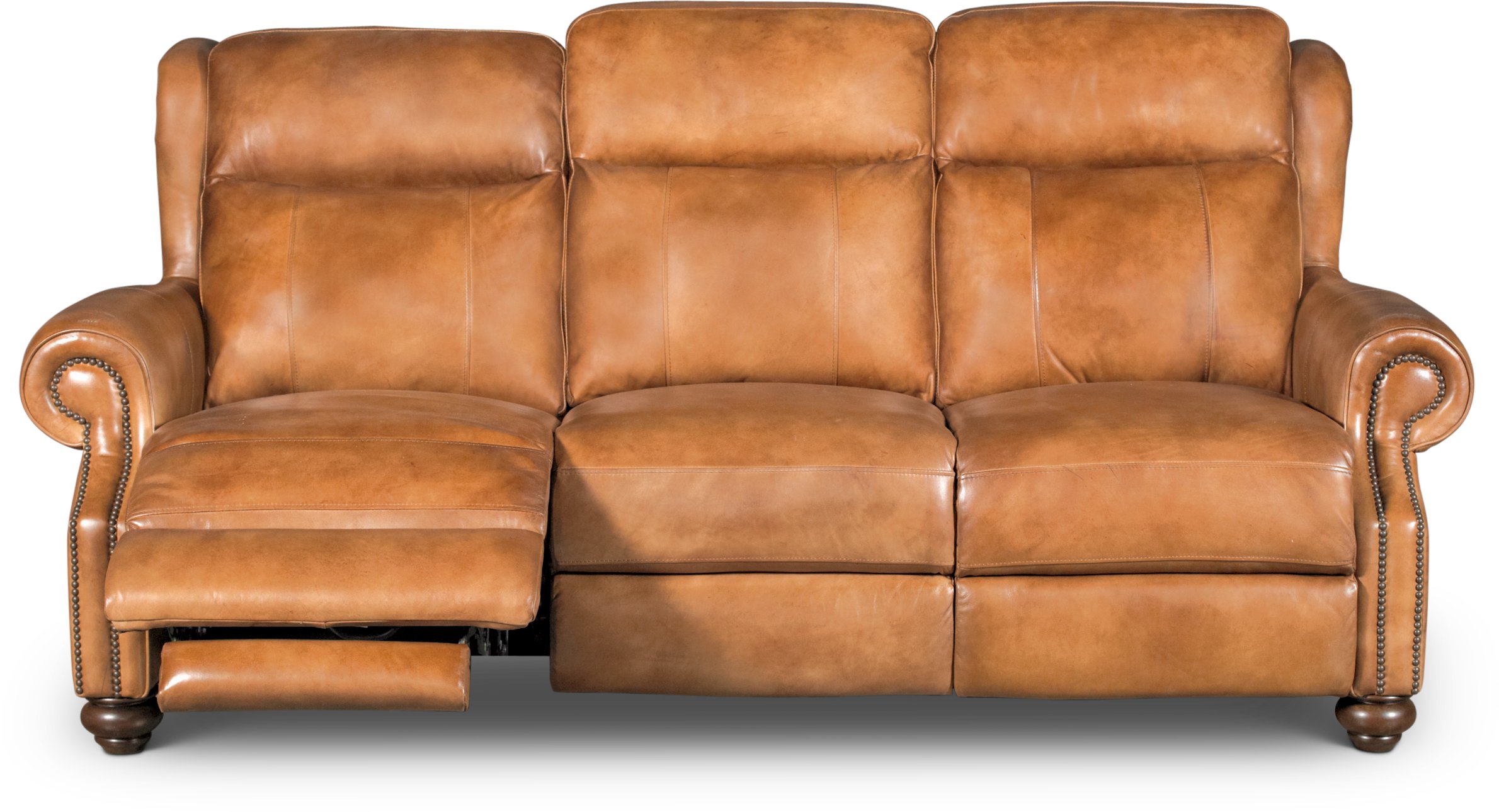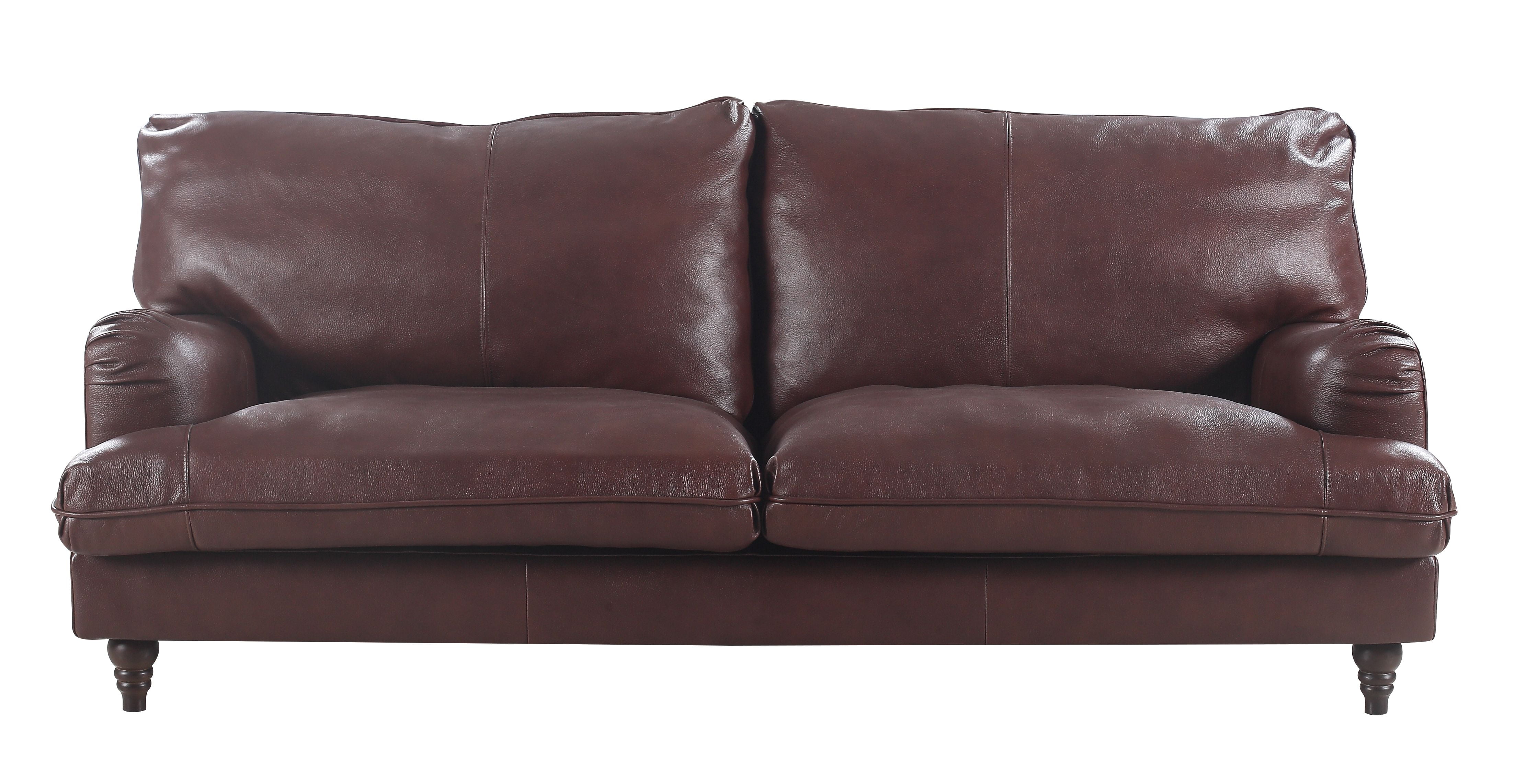When it comes to designing a bathroom, there are many factors to consider. From the layout and color scheme to the fixtures and finishes, every choice plays a role in creating a functional and aesthetically pleasing space. However, one aspect that is often overlooked is the impact of human factors on bathroom design. By incorporating human-centered design principles, we can create bathrooms that are not only visually appealing but also comfortable and convenient for users. In this article, we will focus specifically on the design of bathroom water sinks and how human factors play a crucial role in their functionality and efficiency. Bathroom Design: Incorporating Human Factors
Before delving into the specifics, it is essential to understand the concept of human factors and why it is crucial in bathroom sink design. Human factors refer to the physical and psychological characteristics of individuals and how they interact with their environment. In the context of bathroom design, this includes factors such as ergonomics, accessibility, and user behavior. By considering these factors, designers can create sinks that are not only visually appealing but also practical and comfortable for users of all ages and abilities. The Importance of Human Factors in Bathroom Sink Design
In today's world, where water conservation is becoming increasingly important, incorporating human factors in bathroom sink design can help create water-efficient solutions. By understanding how users interact with their sinks, designers can create fixtures that minimize water wastage. For example, the placement of the faucet and the design of the handles can make a significant difference in water usage. Additionally, incorporating low-flow or touchless technology can further increase water efficiency. Designing a Water-Efficient Bathroom Sink
When it comes to bathroom sinks, one size does not fit all. Human-centered design takes into account the diversity of users and their varying needs. For instance, a sink designed for a child may have a lower height and a shallower basin, making it easier for them to reach and use. Similarly, a sink designed for individuals with disabilities may have features such as adjustable height and lever handles for ease of use. By considering the needs of all users, designers can create inclusive and user-friendly bathroom sinks. Human-Centered Design for Bathroom Water Fixtures
The design of a bathroom sink is not just about its appearance; it also affects the overall functionality of the bathroom. By incorporating human factors, designers can create sinks that are not only visually appealing but also practical and efficient. For instance, the placement of the sink in relation to the toilet and shower can affect the flow of traffic in the bathroom and the overall user experience. Additionally, the size and shape of the sink can impact the available counter space and storage options. Considering these factors can help create a well-designed and functional bathroom. The Role of Human Factors in Bathroom Design
The functionality of a bathroom sink goes beyond its primary purpose of washing hands; it also serves as a space for various tasks such as brushing teeth, washing face, and even shaving. By understanding how users interact with their sinks, designers can create fixtures that cater to these tasks. For instance, incorporating a deeper basin and a larger counter space can make it easier to perform tasks such as washing face and brushing teeth. Additionally, the placement of the faucet can also affect the usability of the sink. By considering the user's needs, designers can create sinks that are not only efficient but also user-friendly. Creating a User-Friendly Bathroom Sink
In addition to practicality, human factors also play a significant role in creating a comfortable and functional bathroom sink. For instance, the design of the basin can affect the user's posture and the strain on their back and neck. By incorporating ergonomics, designers can create sinks that promote good posture and reduce discomfort. Additionally, the material and texture of the sink can also impact the user's experience. By choosing a material that is easy to clean and maintain, designers can create a more functional and hygienic sink. Designing for Comfort and Functionality in Bathroom Water Fixtures
When designing a bathroom sink, there are several human factors to consider. These include ergonomics, accessibility, user behavior, and even cultural and personal preferences. By understanding these factors, designers can create sinks that cater to the needs and preferences of a diverse range of users. Additionally, considering the impact of these factors can also lead to more sustainable and efficient solutions. Human Factors Considerations for Bathroom Sink Design
In smaller bathrooms, space is often limited, and every inch counts. By incorporating human factors, designers can create sinks that maximize space and efficiency. For instance, a sink with a built-in storage option can help save counter space and reduce clutter. Additionally, the placement of the sink and its design can also affect the perceived space in the bathroom. By choosing a sink that complements the overall aesthetic of the bathroom, designers can create a cohesive and visually appealing space. Maximizing Space and Efficiency in Bathroom Water Sink Design
In conclusion, human factors play a crucial role in the design of bathroom water sinks. By considering factors such as ergonomics, accessibility, and user behavior, designers can create fixtures that are not only visually appealing but also practical and efficient. Additionally, incorporating human-centered design principles can lead to more inclusive and user-friendly solutions. By understanding the impact of human factors, we can create bathrooms that cater to the needs and preferences of a diverse range of users. The Impact of Human Factors on Bathroom Design
The Importance of Human Factor Design in Bathroom Water Sink Design

Understanding the Human Factor in Design
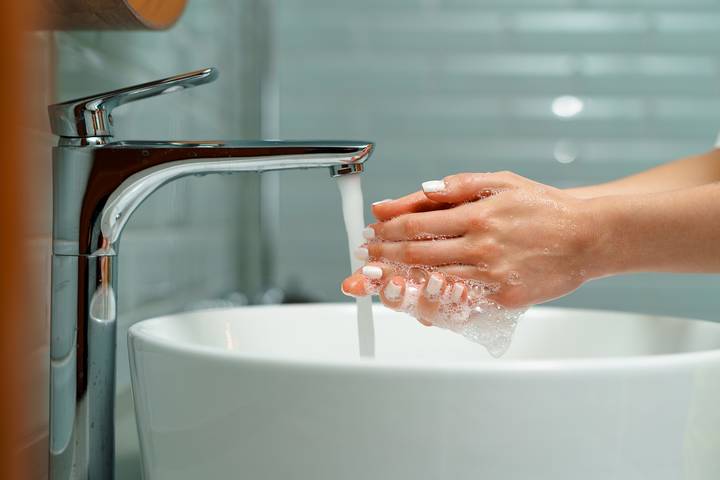 When it comes to designing a house, every aspect needs to be carefully considered, especially the
bathroom
. The bathroom is a space that is used by every member of the household, making it an important area for
human factor design
. This design approach takes into account the needs and behaviors of humans, ensuring that the space is functional, comfortable, and safe.
When it comes to designing a house, every aspect needs to be carefully considered, especially the
bathroom
. The bathroom is a space that is used by every member of the household, making it an important area for
human factor design
. This design approach takes into account the needs and behaviors of humans, ensuring that the space is functional, comfortable, and safe.
The Role of a Water Sink in Bathroom Design
 The water sink is an essential element in any bathroom and is used for various purposes such as washing hands, brushing teeth, and even for personal grooming. Therefore, it is crucial to
design
this element with the
human factor
in mind. This means considering factors such as height, reach, and ease of use for all individuals.
The water sink is an essential element in any bathroom and is used for various purposes such as washing hands, brushing teeth, and even for personal grooming. Therefore, it is crucial to
design
this element with the
human factor
in mind. This means considering factors such as height, reach, and ease of use for all individuals.
How Human Factor Design Enhances Bathroom Water Sink Design
/close-up-of-overflowing-bathroom-sink-90201417-579787783df78ceb865822d8.jpg) One of the main benefits of incorporating human factor design in bathroom water sink design is
accessibility
. By considering the needs of all individuals, including children, elderly, and individuals with disabilities, the sink can be placed at a suitable height and have features such as lever handles that can be easily operated by everyone.
In addition to accessibility,
comfort
is also a crucial factor in human factor design. By designing the sink with ergonomics in mind, individuals can comfortably use the sink without straining their bodies. This can include features such as a wider sink basin, adjustable faucets, and anti-slip surfaces.
One of the main benefits of incorporating human factor design in bathroom water sink design is
accessibility
. By considering the needs of all individuals, including children, elderly, and individuals with disabilities, the sink can be placed at a suitable height and have features such as lever handles that can be easily operated by everyone.
In addition to accessibility,
comfort
is also a crucial factor in human factor design. By designing the sink with ergonomics in mind, individuals can comfortably use the sink without straining their bodies. This can include features such as a wider sink basin, adjustable faucets, and anti-slip surfaces.
Creating a Unified Design
 Apart from functionality and comfort, human factor design also plays a significant role in creating a
cohesive and aesthetically pleasing
bathroom design. By considering the human element, the sink can be incorporated seamlessly into the overall design of the bathroom, creating a harmonious and visually appealing space.
In conclusion, when designing a bathroom, it is essential to keep in mind the
human factor
. By incorporating this design approach in bathroom water sink design, the space can be made accessible, comfortable, and visually appealing for all individuals. So, next time you are renovating your bathroom, remember to consider the human element in your design for a well-rounded and functional space.
Apart from functionality and comfort, human factor design also plays a significant role in creating a
cohesive and aesthetically pleasing
bathroom design. By considering the human element, the sink can be incorporated seamlessly into the overall design of the bathroom, creating a harmonious and visually appealing space.
In conclusion, when designing a bathroom, it is essential to keep in mind the
human factor
. By incorporating this design approach in bathroom water sink design, the space can be made accessible, comfortable, and visually appealing for all individuals. So, next time you are renovating your bathroom, remember to consider the human element in your design for a well-rounded and functional space.




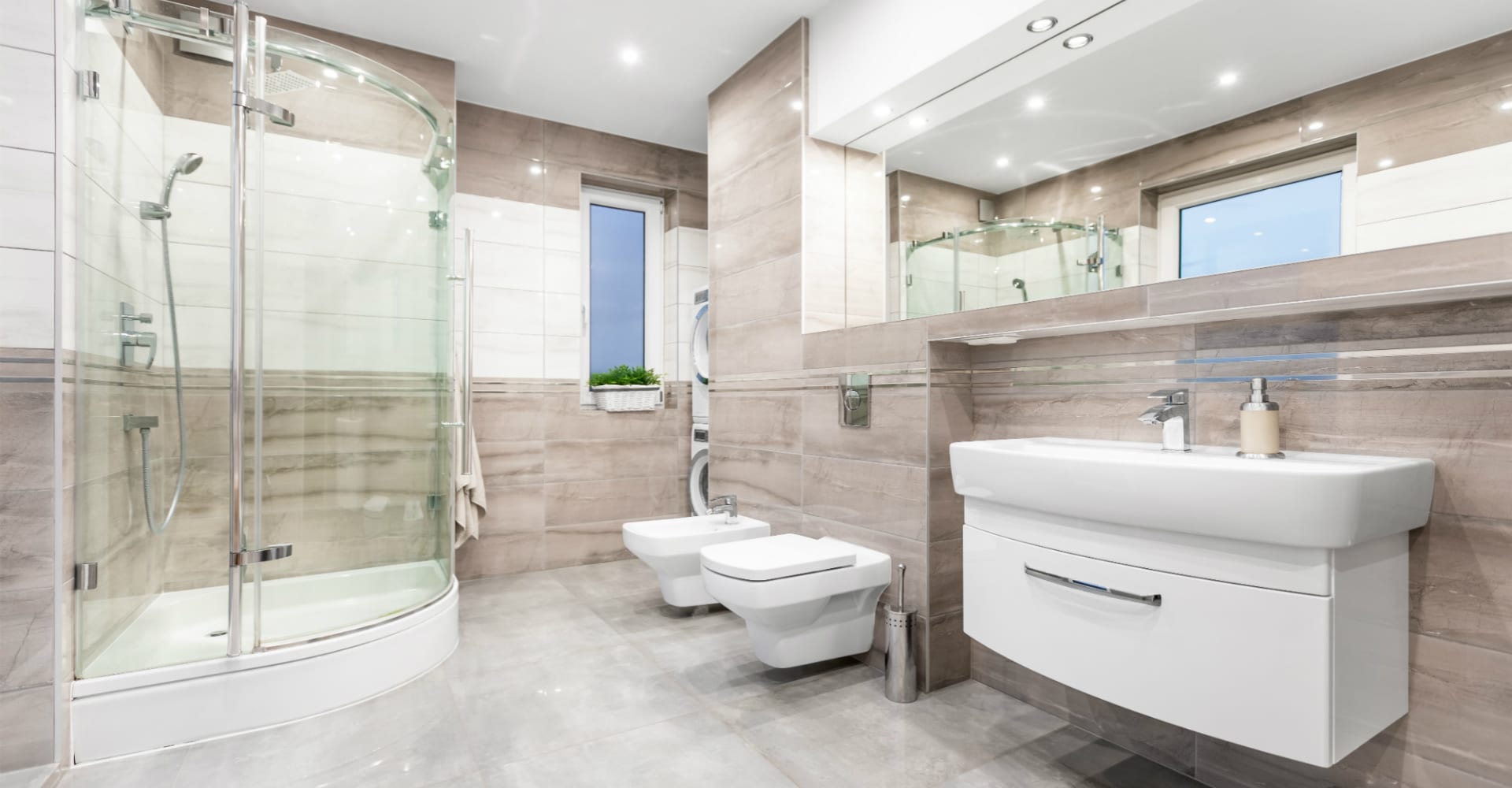
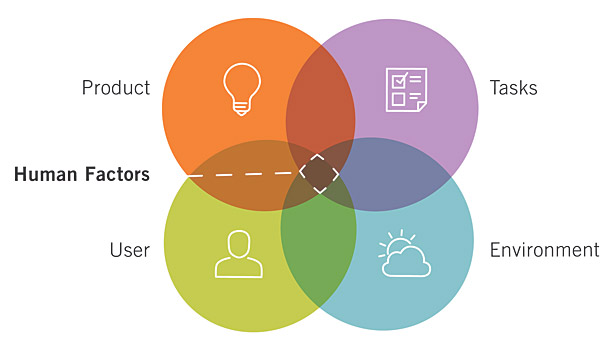



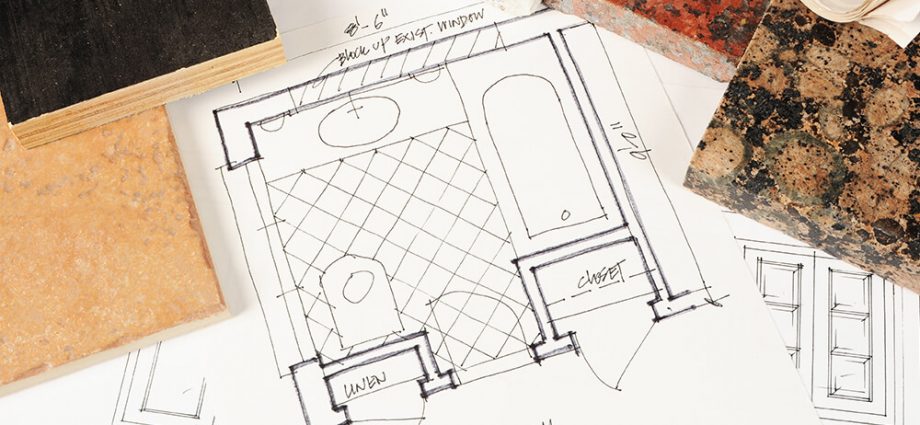
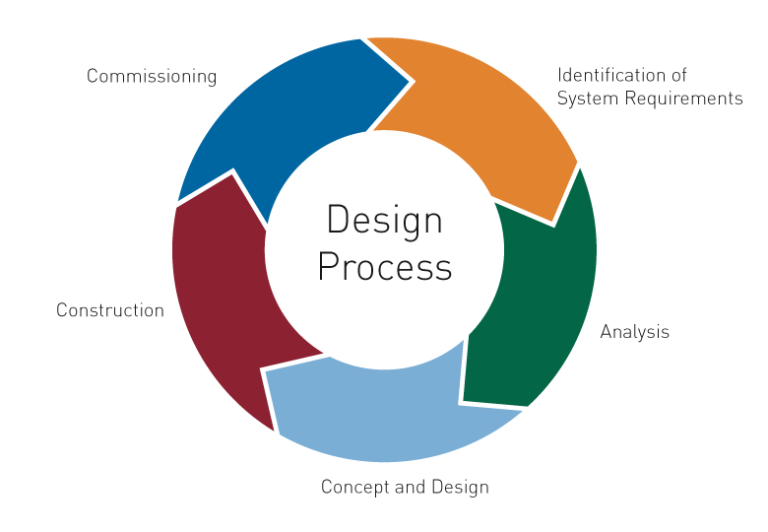















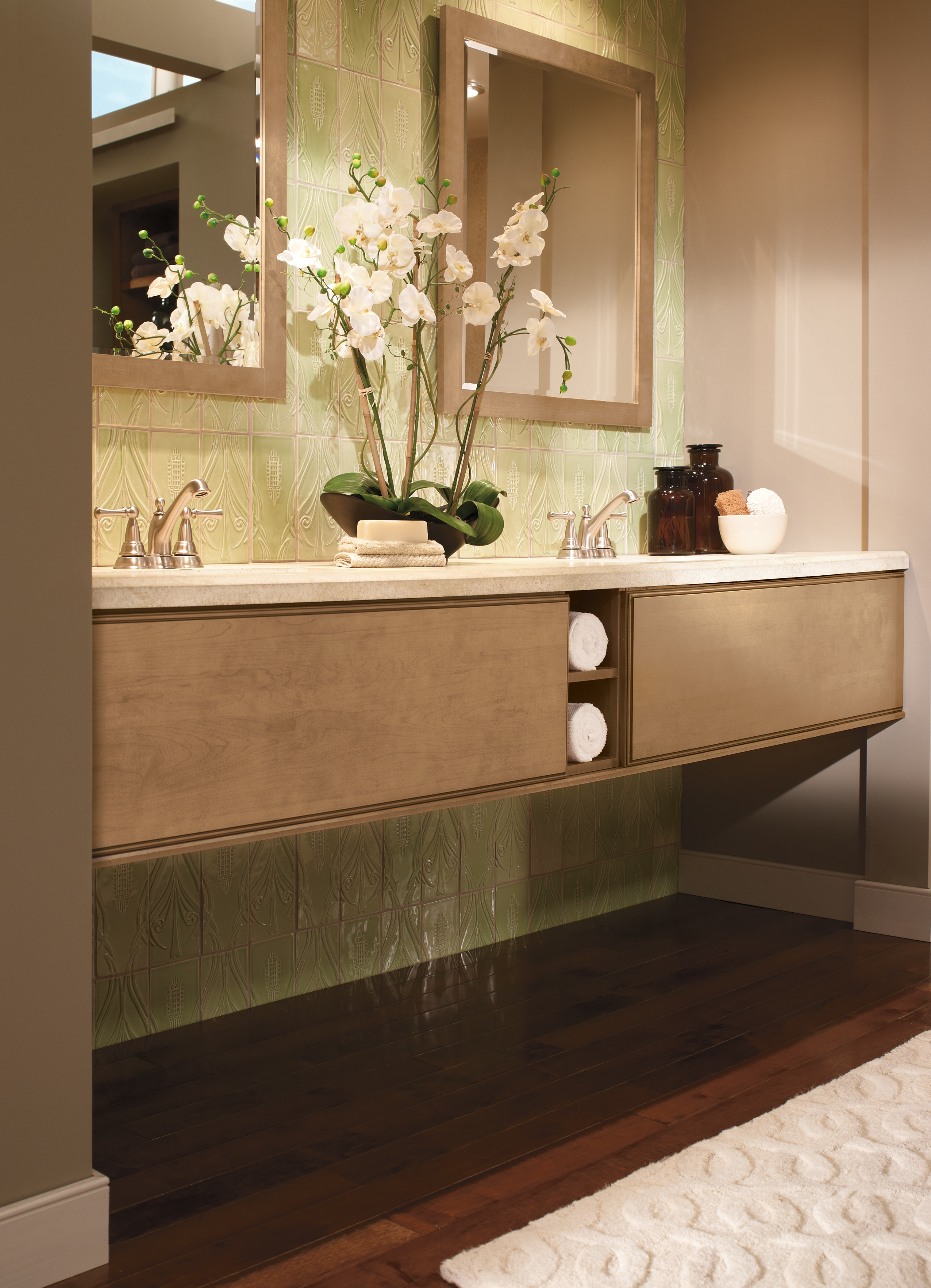
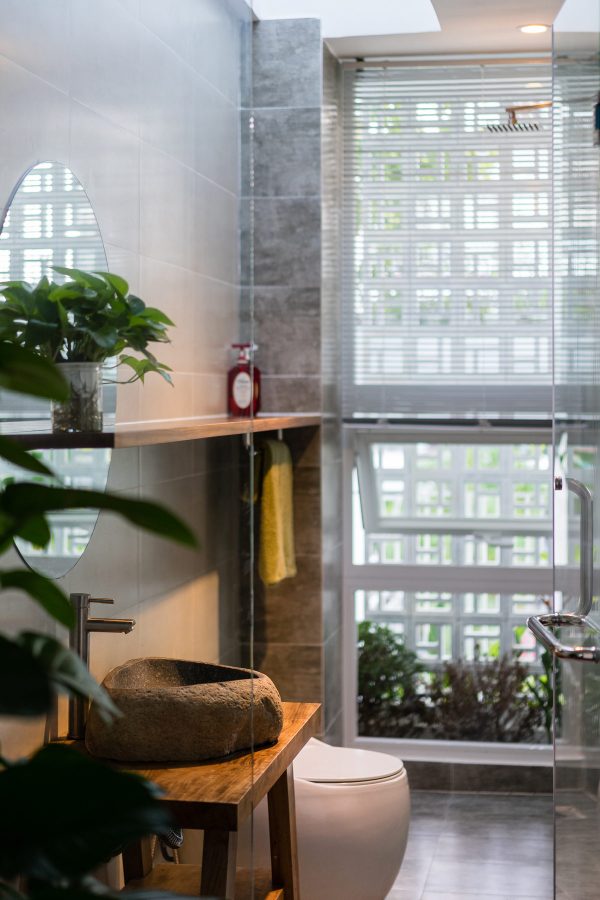












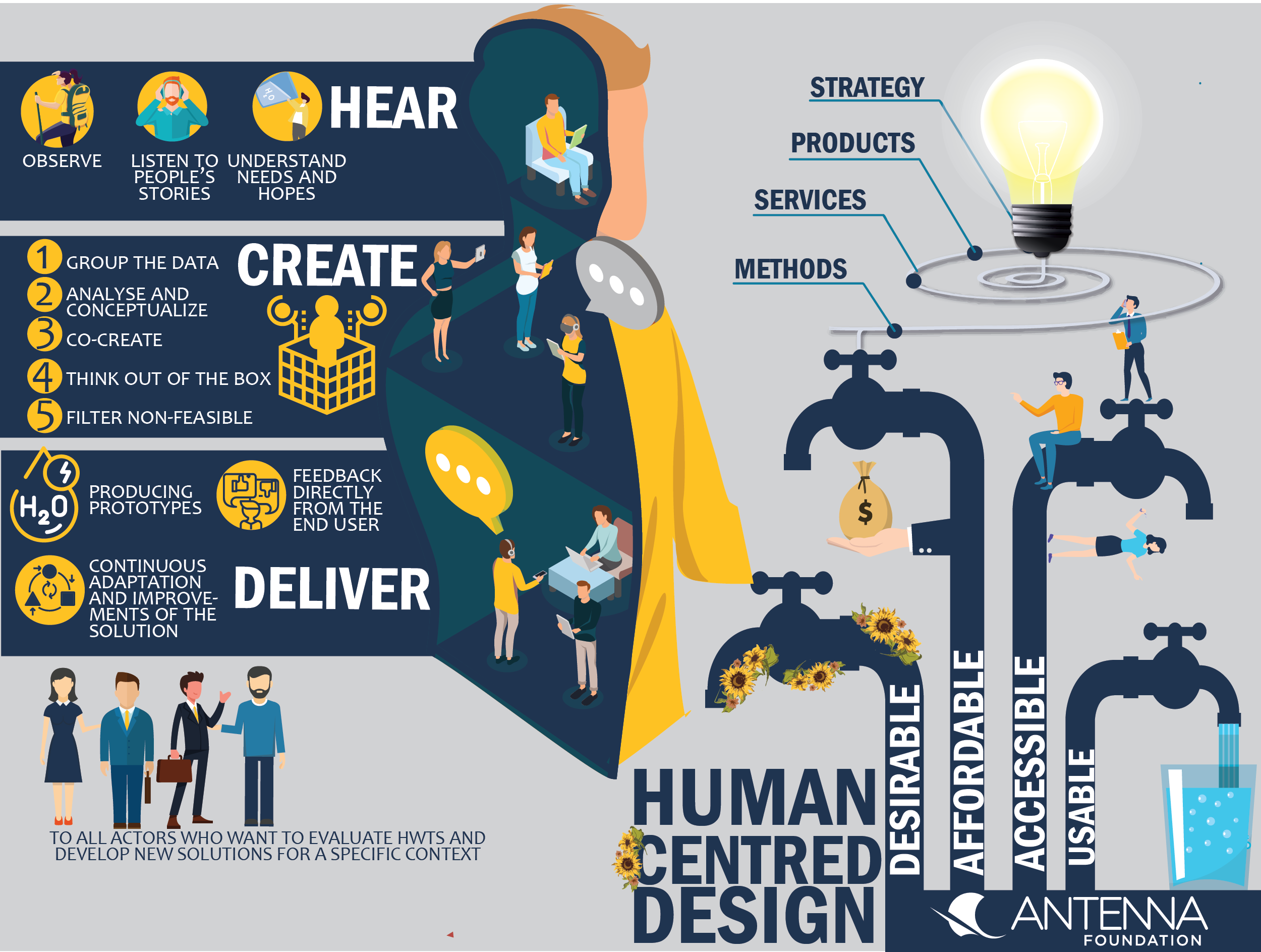


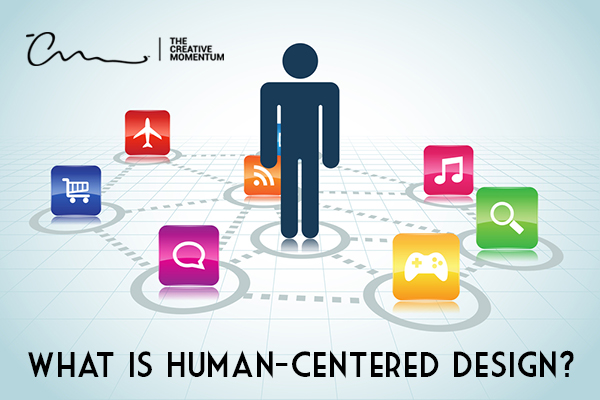






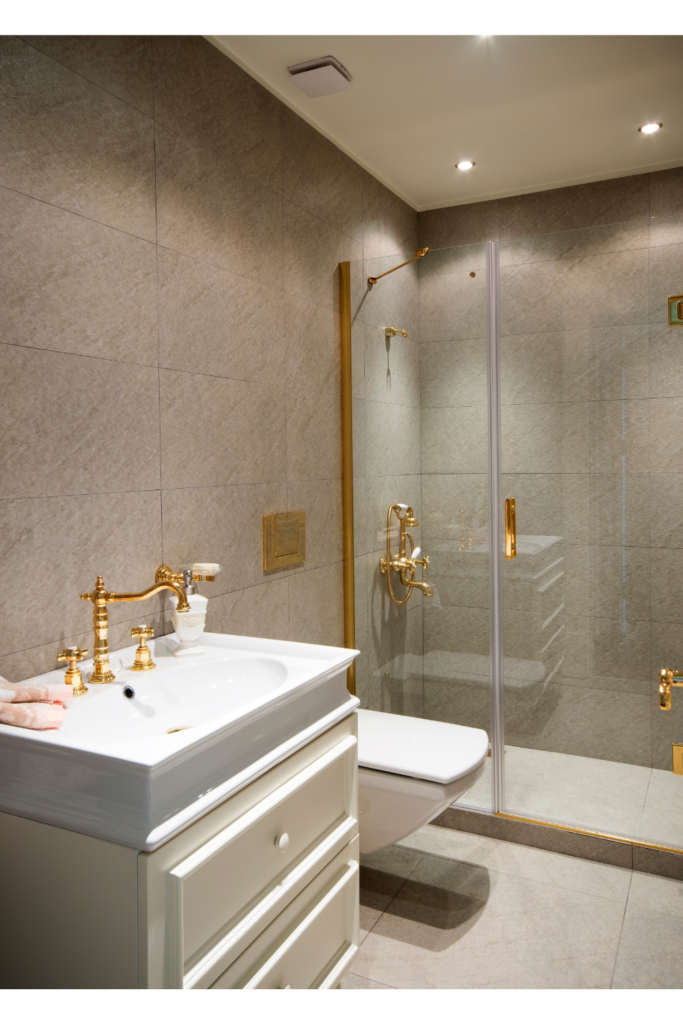











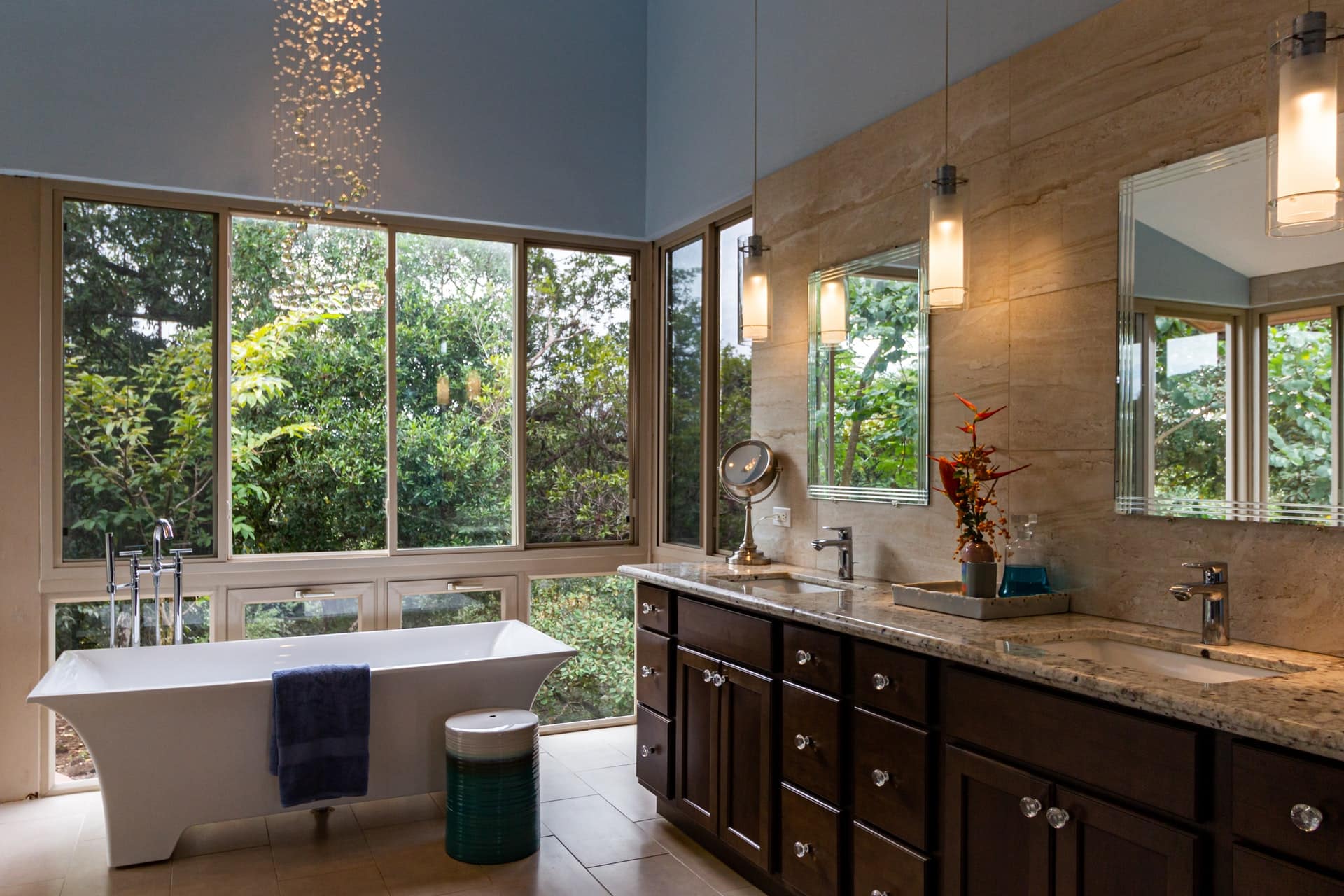



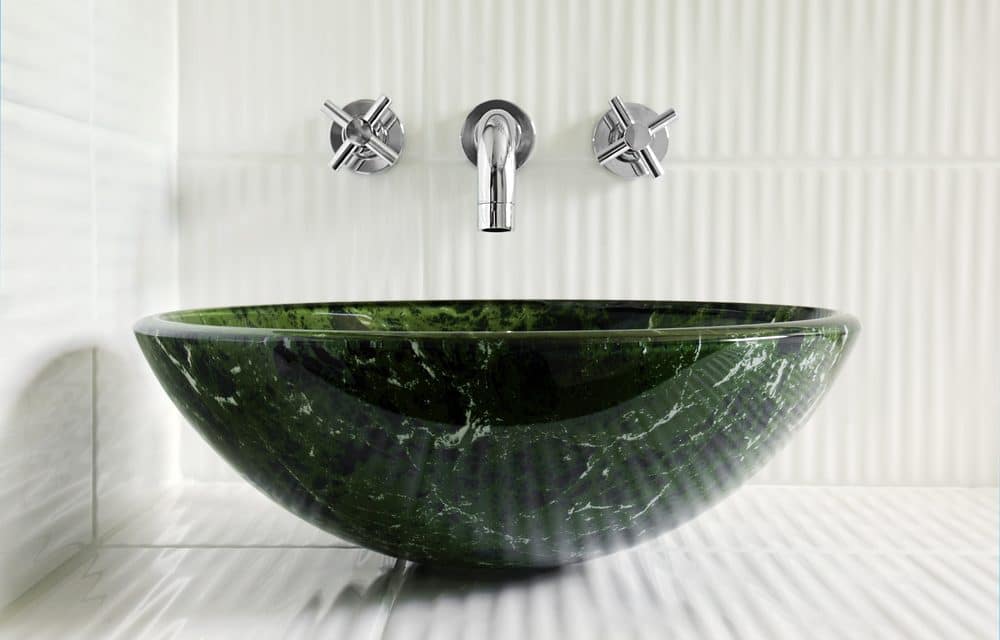

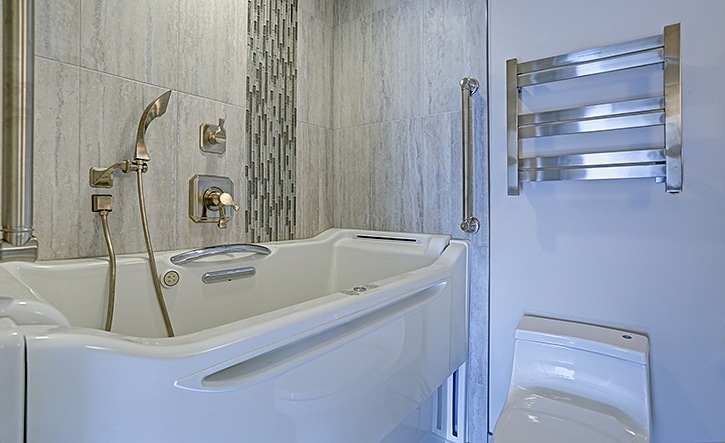






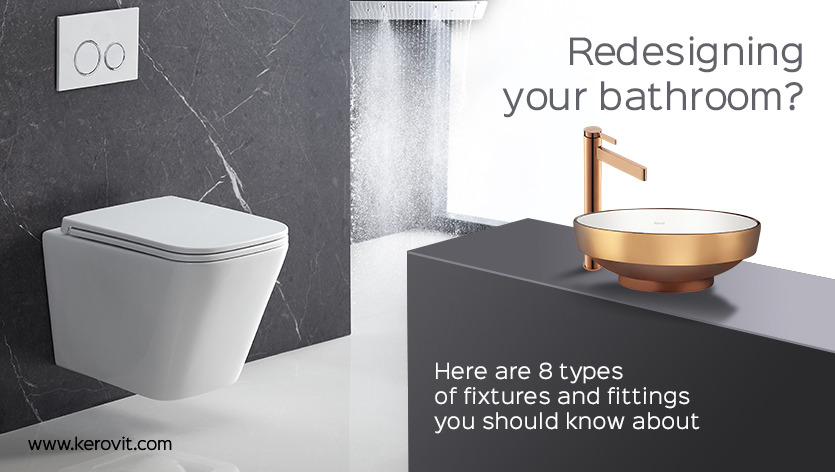



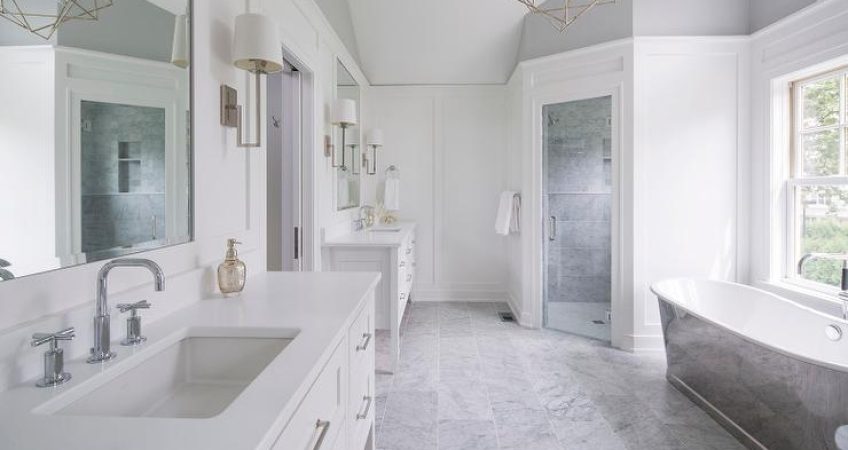



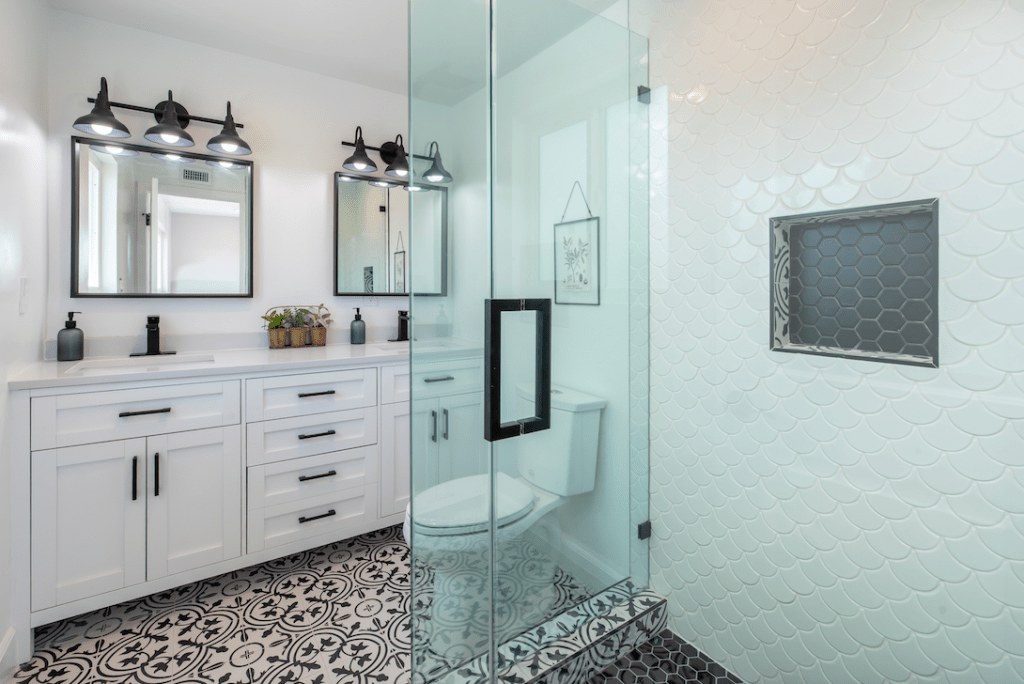











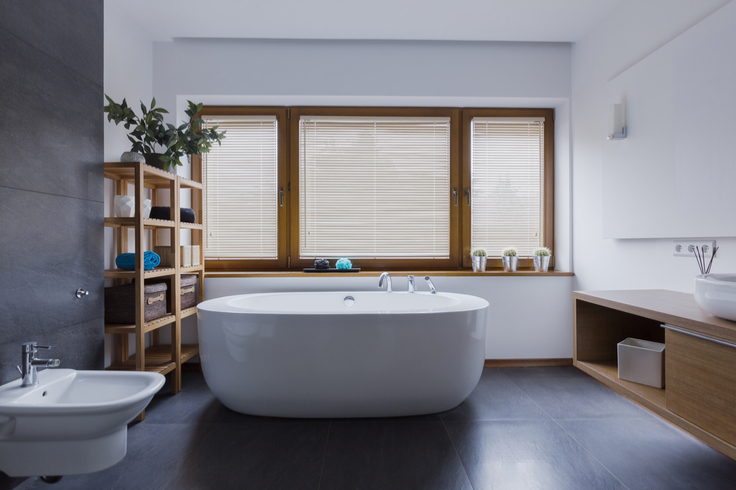
:max_bytes(150000):strip_icc()/bathroom-space-design-1821325_final-08ffd0dca30b4e038cf7f1d7ebe0745f.png)

